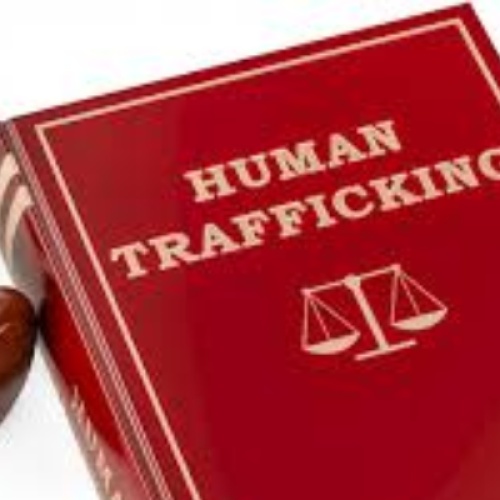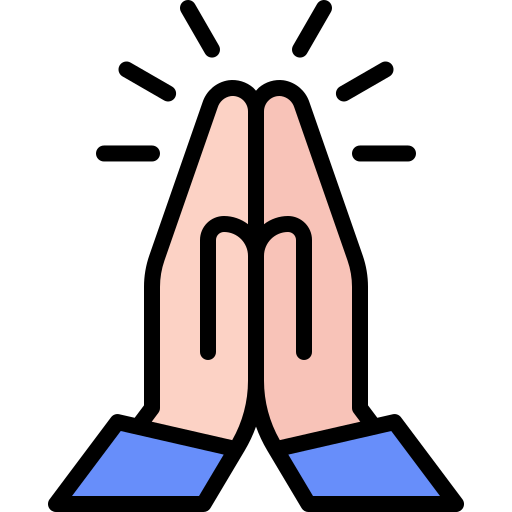After the rescue, after the sirens fade and the reports are filed, there is silence. And in that silence, the memories return - not as orderly narratives, but as flashes, sensations, and shadows that creep into daily life. A crowded room might echo the confines of captivity. The sound of a locking door might send the body into panic. Healing is not linear, and trauma doesn't follow a schedule.
This chapter isn't about physical scars. It's about the ones people can't see.
Shame and Stigma:
Survivors often face blame - both internal and external. "Why didn't you leave?" or "Why didn't you fight back?" These questions, usually posed in ignorance, cut deep. They reinforce the lie traffickers tell: You are complicit in your own suffering. In the afterlife of trafficking, survivors don't just battle trauma - they battle the narratives that the world has already written for them.
The System Isn't Ready:
Many survivors leave one broken system only to encounter another. Shelters are underfunded, therapy is expensive or inaccessible, and law enforcement often lacks the training to treat survivors with dignity. Some survivors find themselves criminalized for actions they were forced into. They might have been coerced into drug use, theft, or sex work - and now the justice system views them through the wrong lens.
Rebuilding Trust:
Trust becomes a fragile and sacred currency. After months or years of manipulation, coercion, and betrayal, believing in the good intentions of others feels dangerous. Even well-meaning professionals - social workers, doctors, therapists - may unknowingly trigger trauma responses. Trust, when it comes, is earned slowly, through consistency, compassion, and respect.
The Fight for Identity:
One of the hardest truths of trafficking's afterlife is this:
some survivors never had the chance to know who they were before it happened. Whether they were trafficked as teens or adults, their identities were shaped under force. So healing is not just about going back - it's about building something new from the ground up. Who am I without them? Who am I if I'm no longer a victim?






